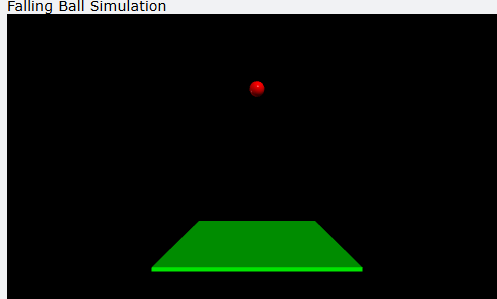Potential & Kinetic Energy of a falling ball.

This is a vpython simulation graphing the potential and kinetic energies of a ball released from a height.
What do you notice about the potential energy and kinetic energy as the ball falls?

This is a vpython simulation graphing the potential and kinetic energies of a ball released from a height.
What do you notice about the potential energy and kinetic energy as the ball falls?
All the best for your study.
Have some end of term Christmas fun while doing Higher physics revision.
Happy Christmas
How potential and kinetic energies relate with friction in a skateboard park.
Conservation of energy by Danny MallonHere is projectile video number one looking at projectiles aimed at walls.
By working out the horizontal and vertical components then using the horizontal component to determine the time it takes to reach the wall, the displacement S can be found.